A Quick Rundown on the Stale Moves Mechanic
If you are a competitive player, chances are you know about stale moves. This mechanic reduces the damage of a move the more you use it.
More specifically, the game keeps a list of 9 move slots. If you use a move, that move goes into one of those slots. The more slots one move occupies in the cue, the weaker it will be. If a move is not in the cue at all, it will have a small 1.05x damage bonus applied to it, with all the KB increases that apply. A Completely stale move will only do 52.9% of the move's original "base" damage (for example, mario upsmash base damage = 14%. Fresh it does 14.7%, completely stale, 7.41%).
Now in Brawl, move staling affected both the damage and the KB the same, and thus move staling was a much more noticable and exploitable feature of the game. In smash 4 it doesn't affect KB quite as much (about 30% less), but a reduction in damage will still mean a reduction in KB.
Below are some graphs I made of Mario's Upsmash, and how the stale mechanic affects it.

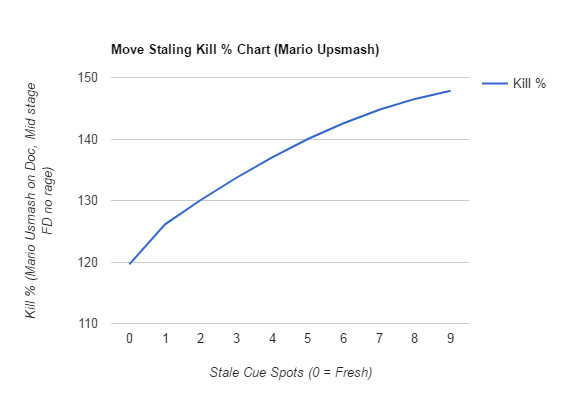
As you can see, staling most affects a move early on, with subsequent uses reducing damage less and less.
Now since staling is a % based phenomenon, the more base damage a move has, the more damage it will lose. The more damage it loses, the weaker it becomes. So heavy damaging moves like bowser Fsmash will be affected by staling more than low damaging moves like Marth Upthrow. Ever wonder why Ryu's back air is so strong, yet it never seems to kill? This is why.
Below is the chart I created comparing staling across three moves, one high damage, one medium damage, and one low damage. Take a look and see how each are affected. This could make you pick different options in the future when in battle.

Thanks,
WOOD
This blog post was written by a SSB World community member. Share your Smash 4 knowledge by creating your own blog post now.
Comments
You must log in to comment.


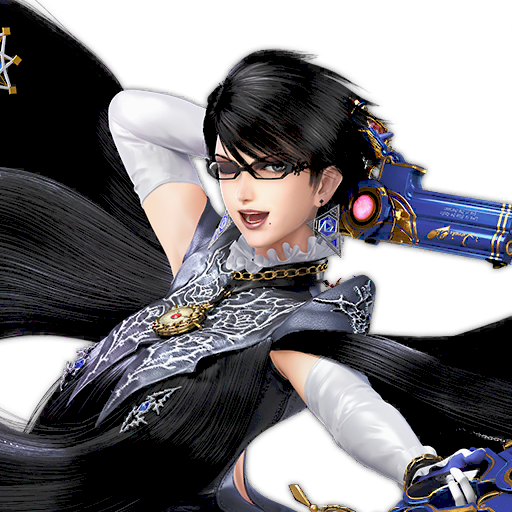
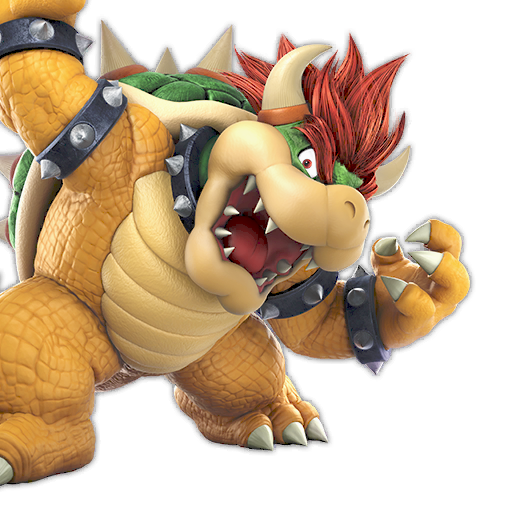
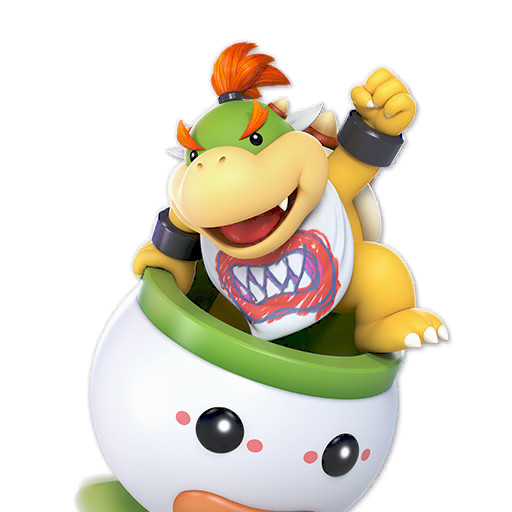
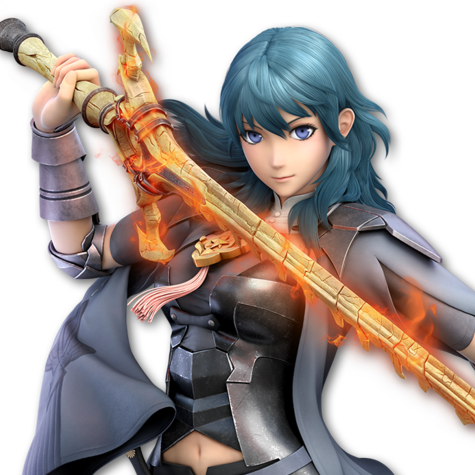
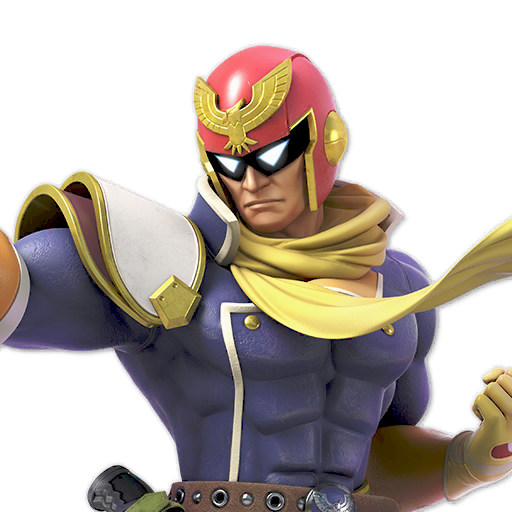
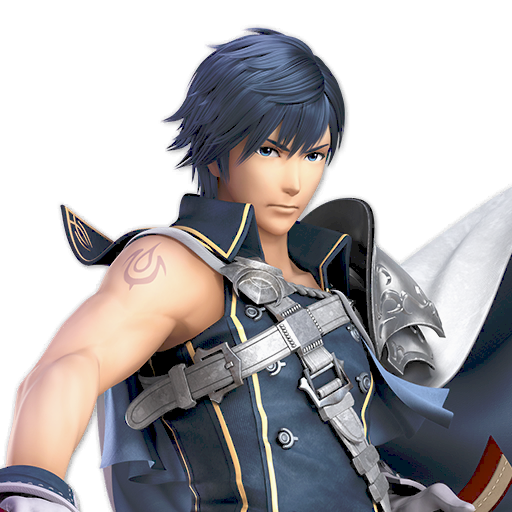
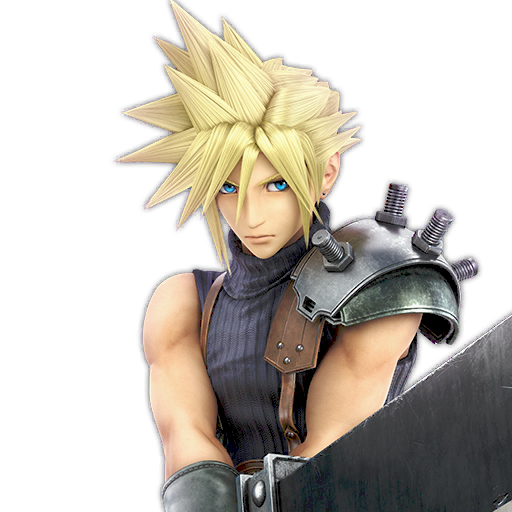
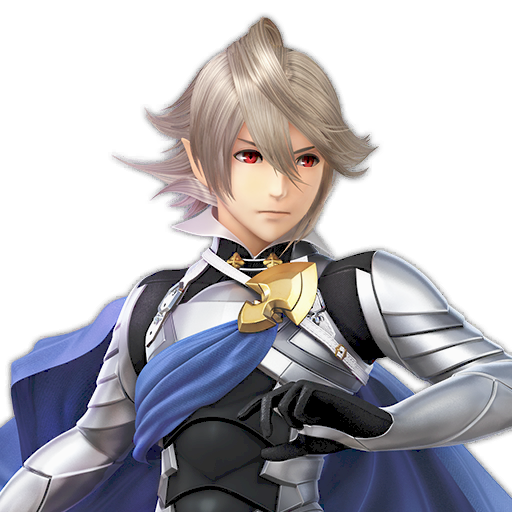
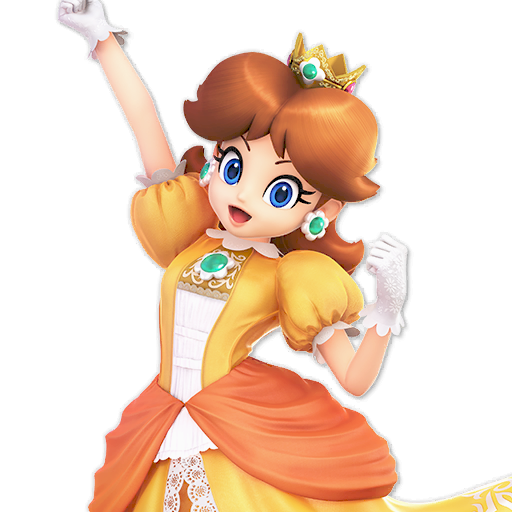

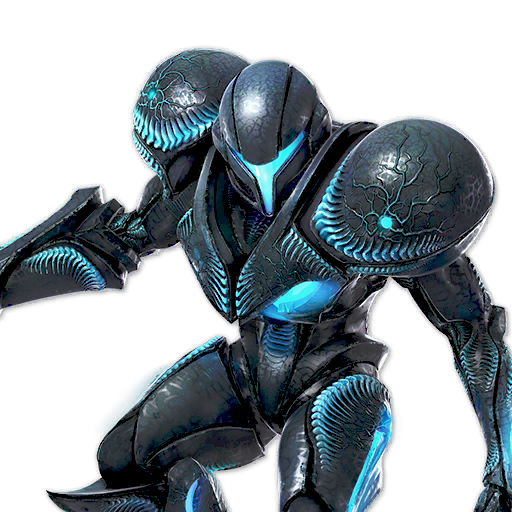
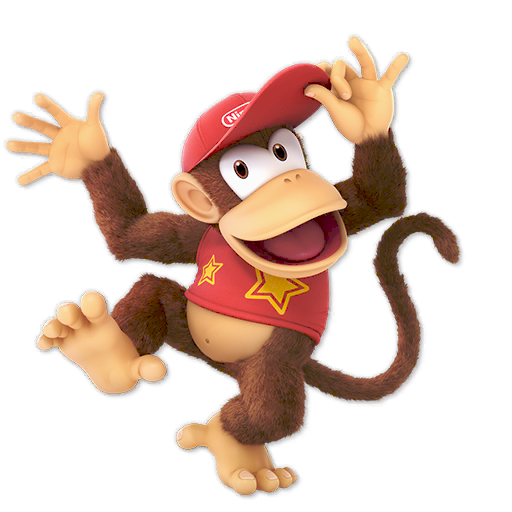



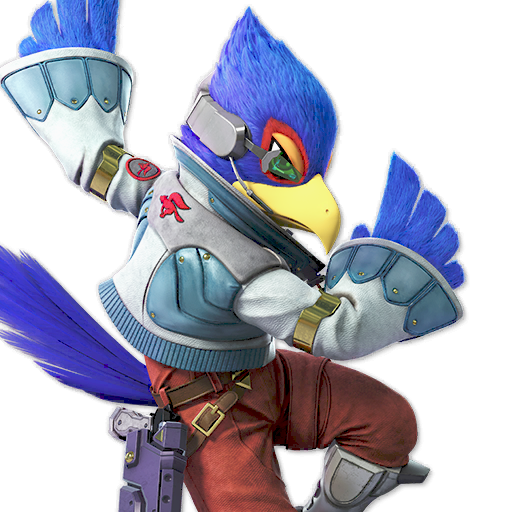

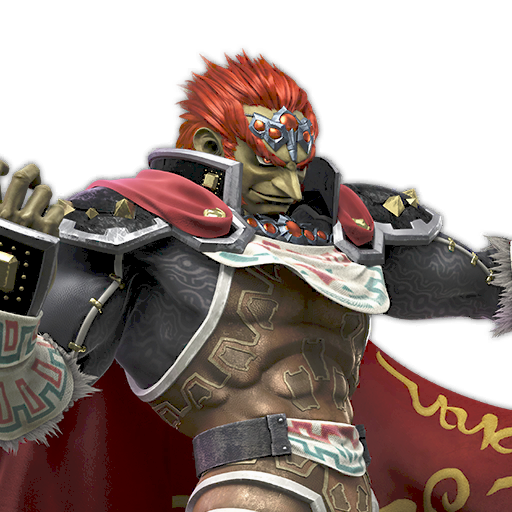
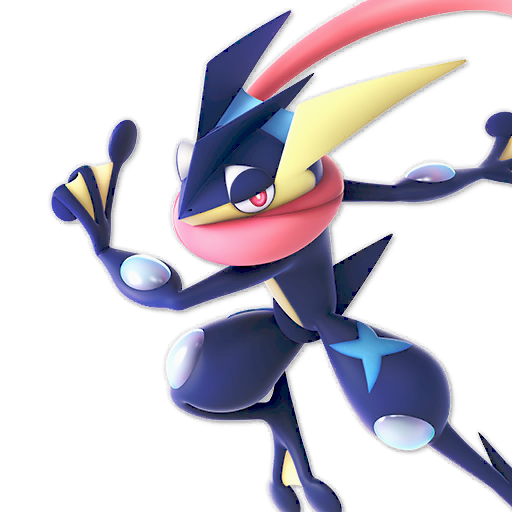


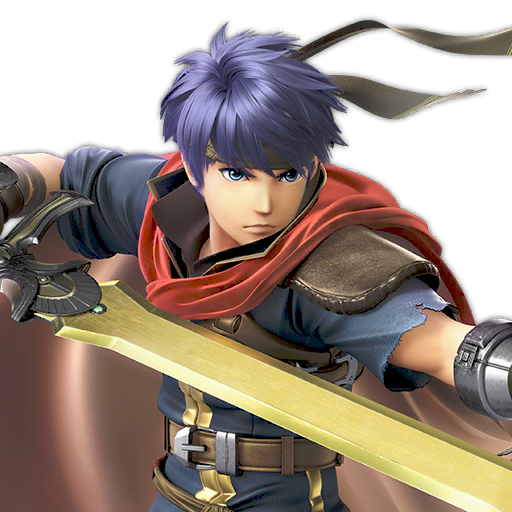
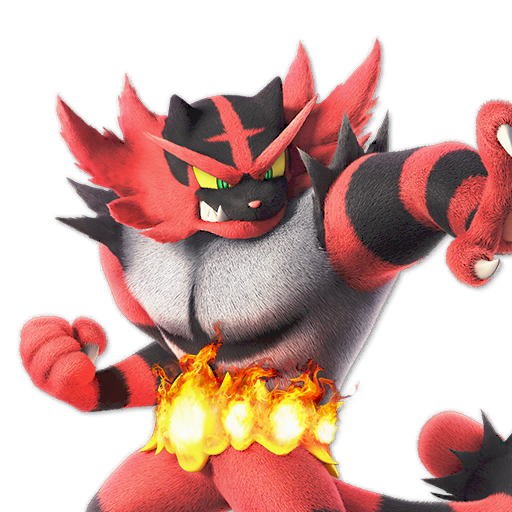


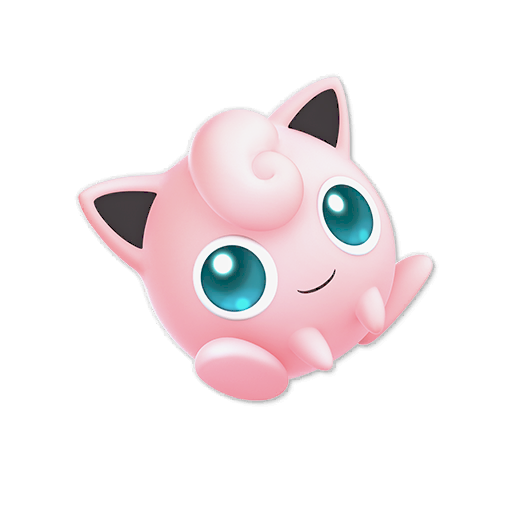

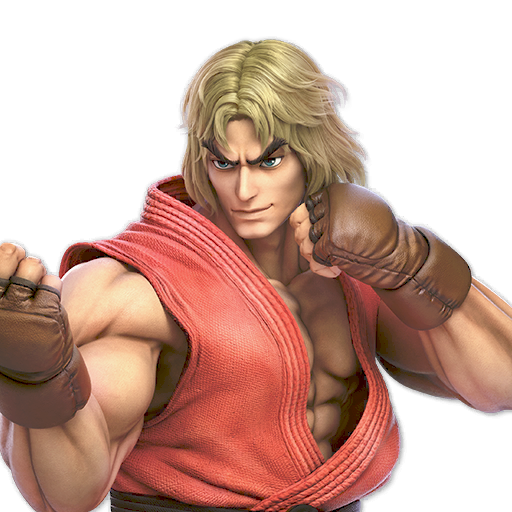

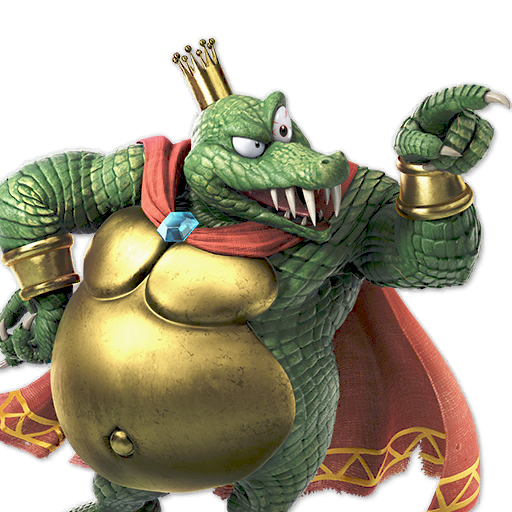
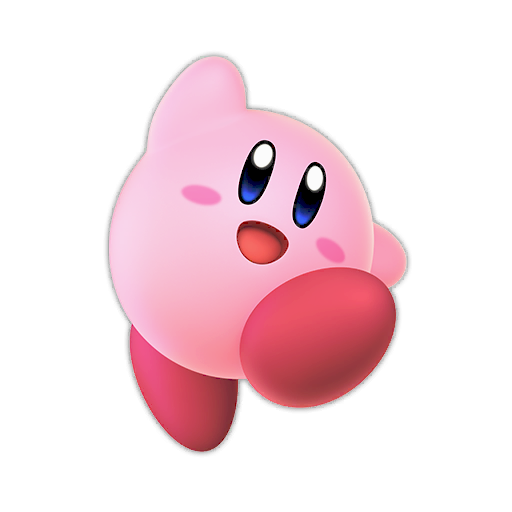
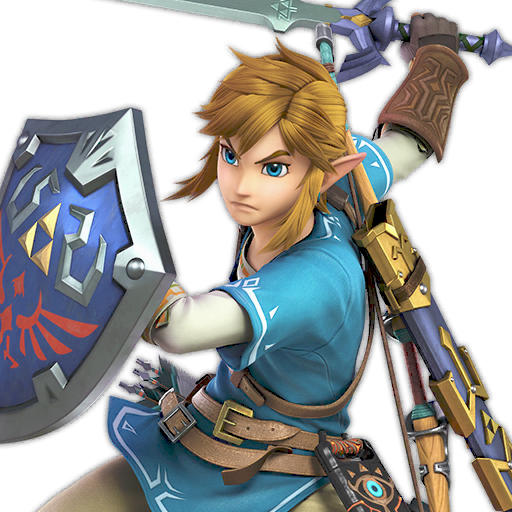
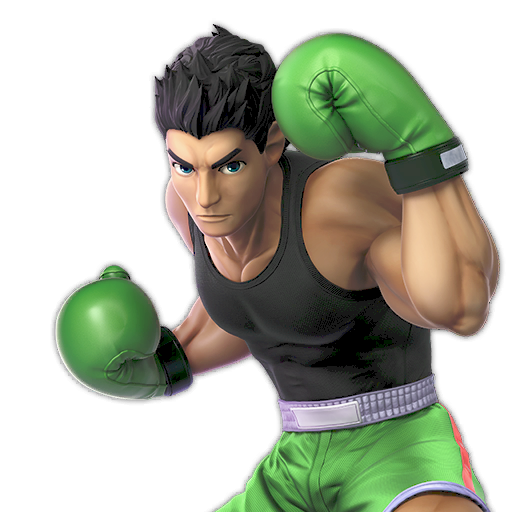
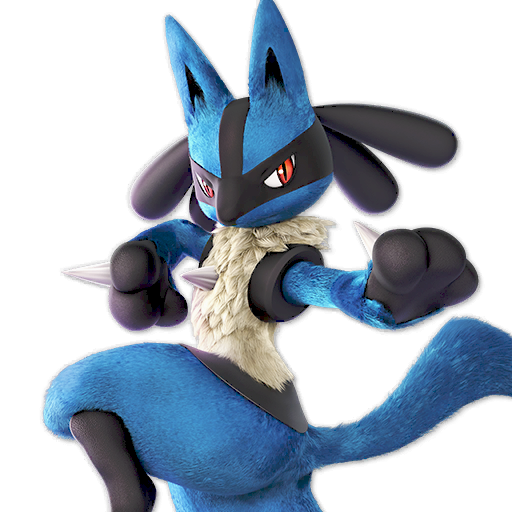


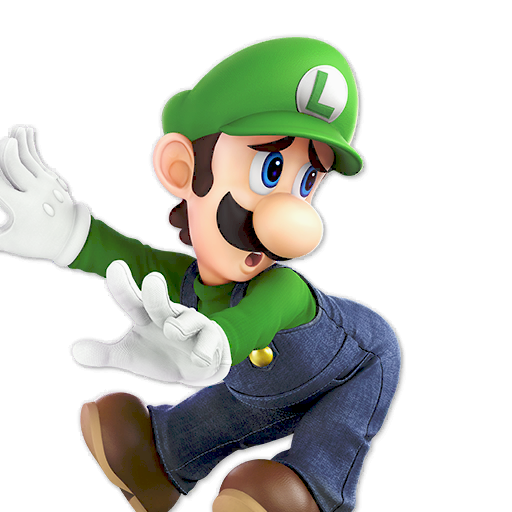
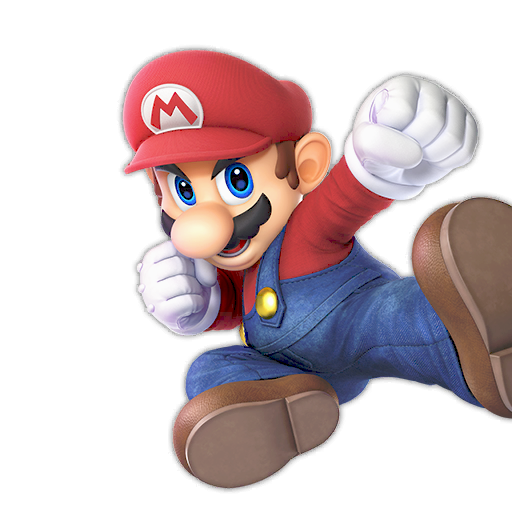
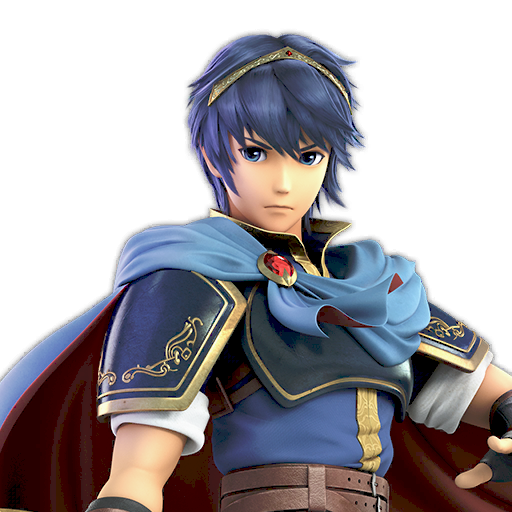
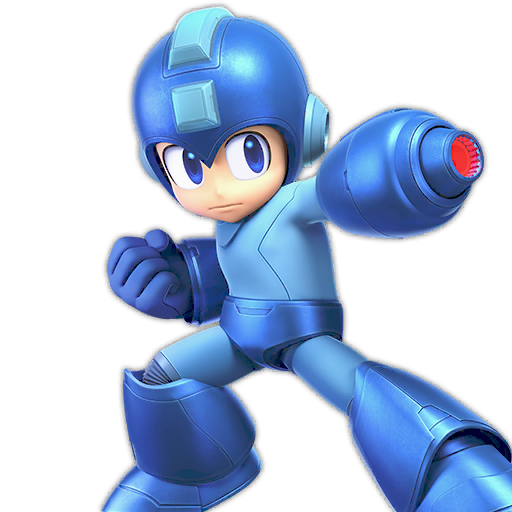
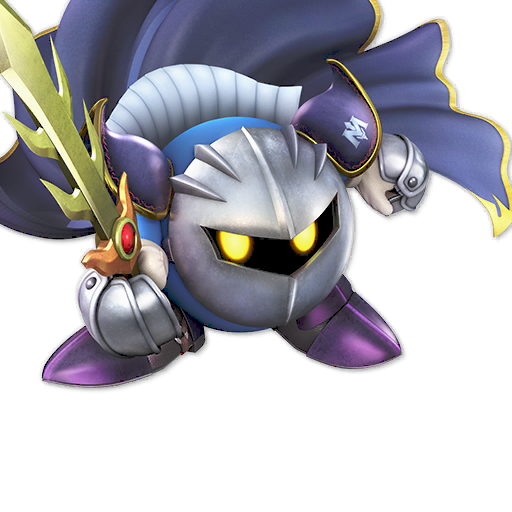
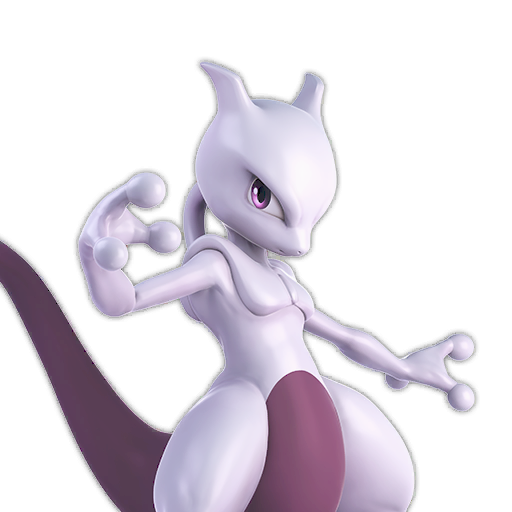
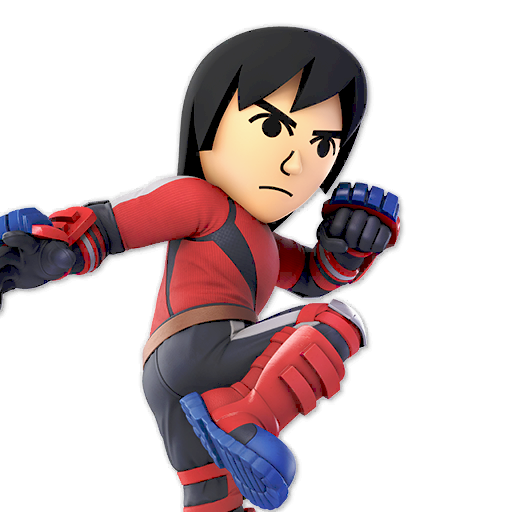
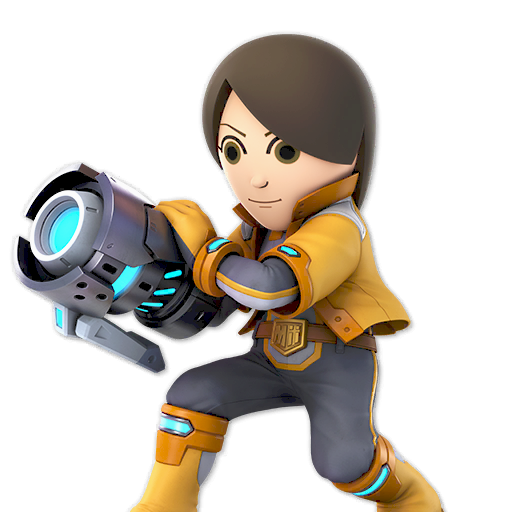
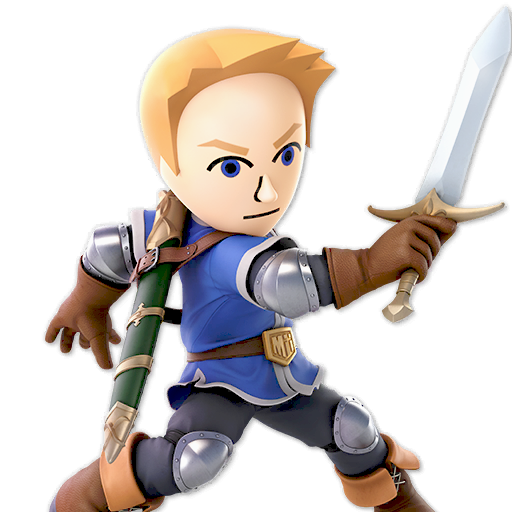
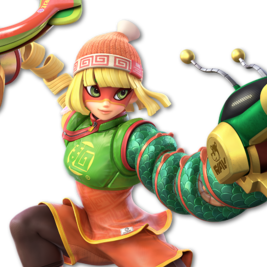
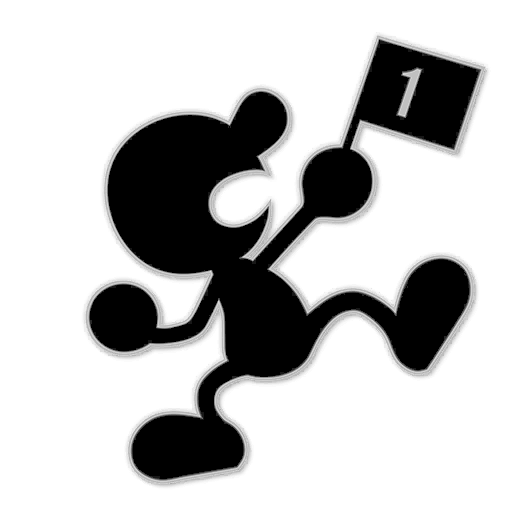
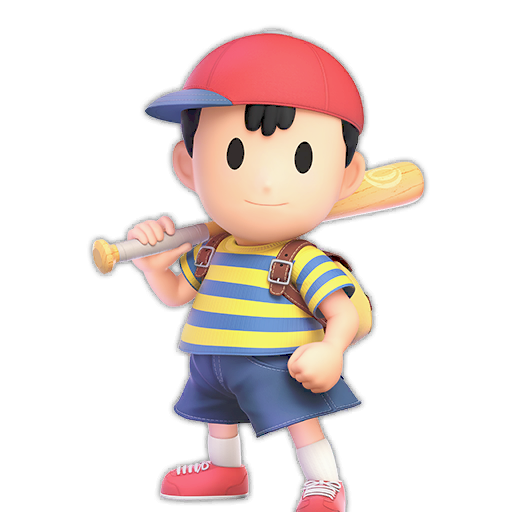
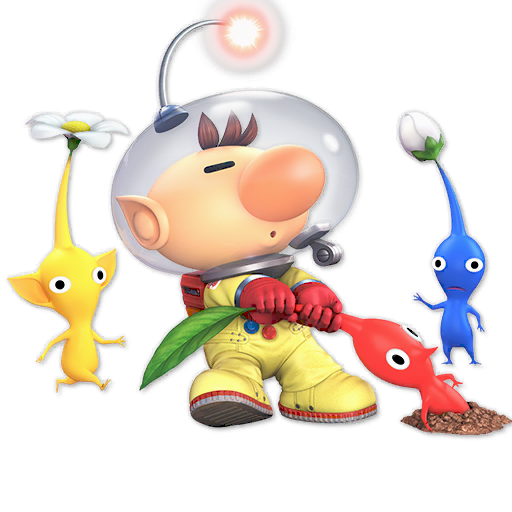
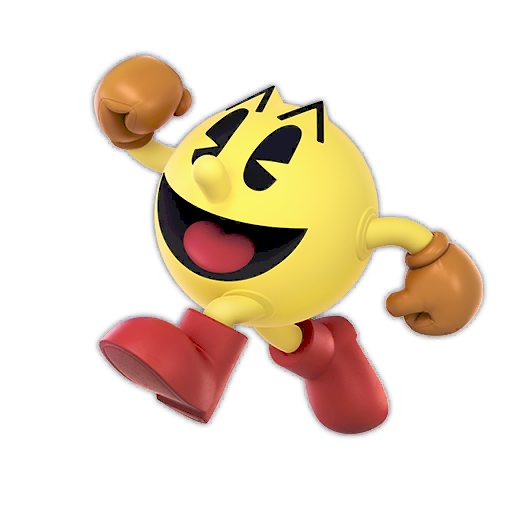

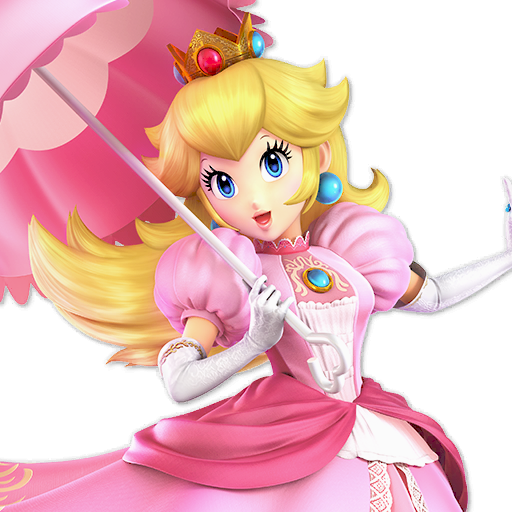
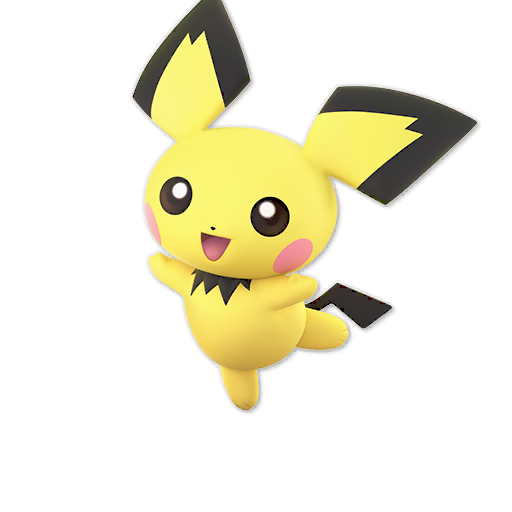
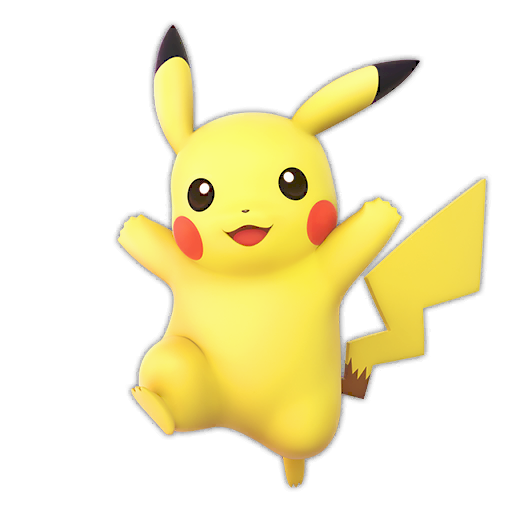
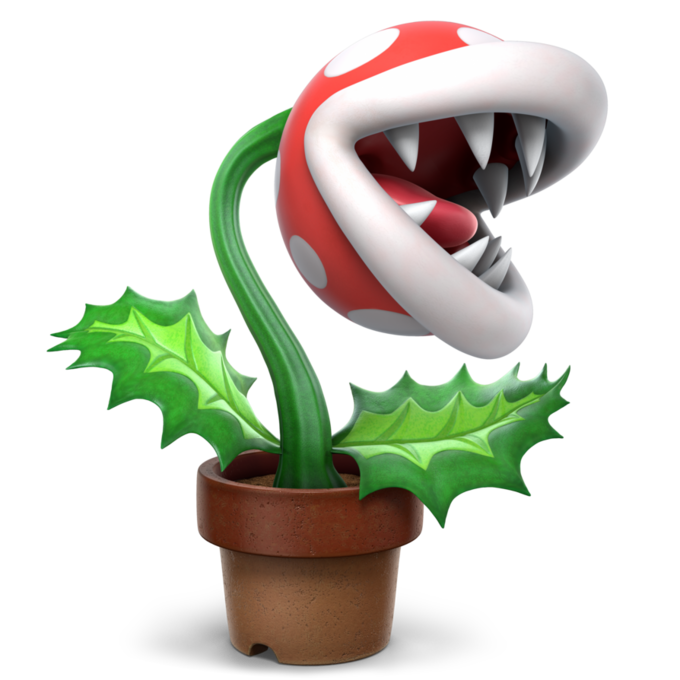
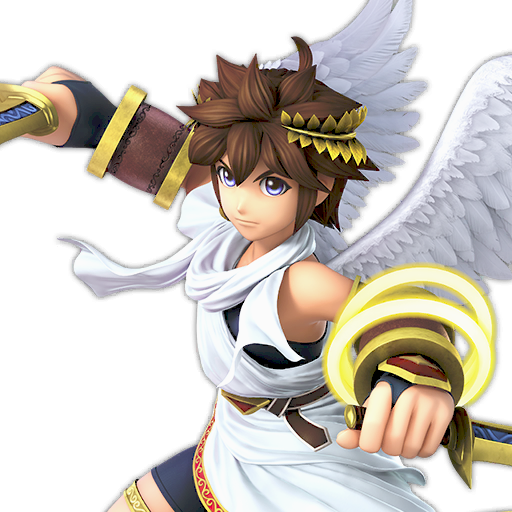
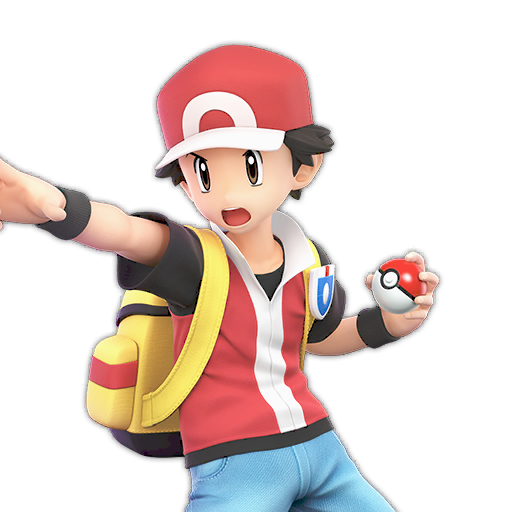

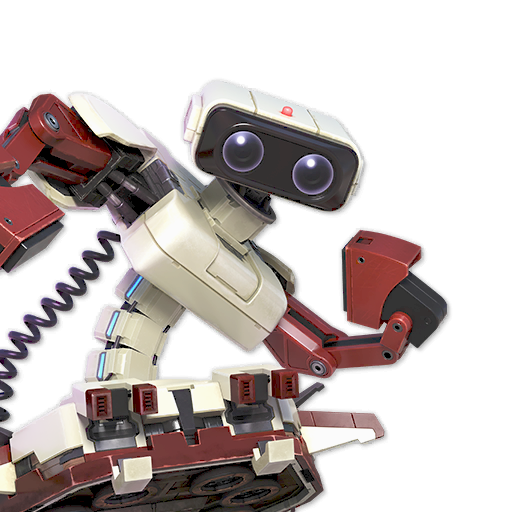
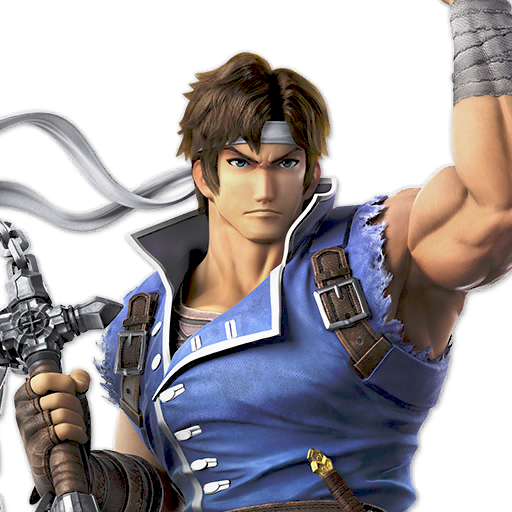
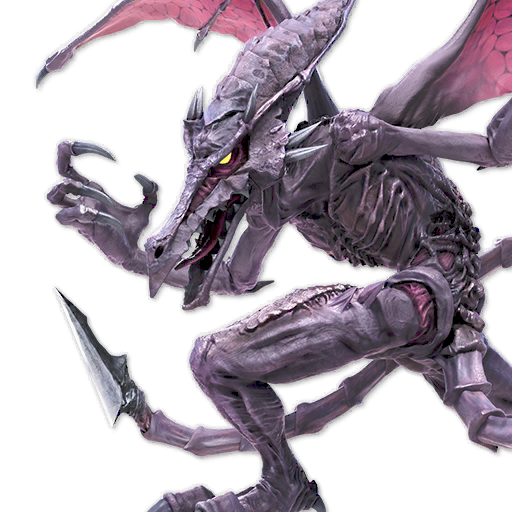
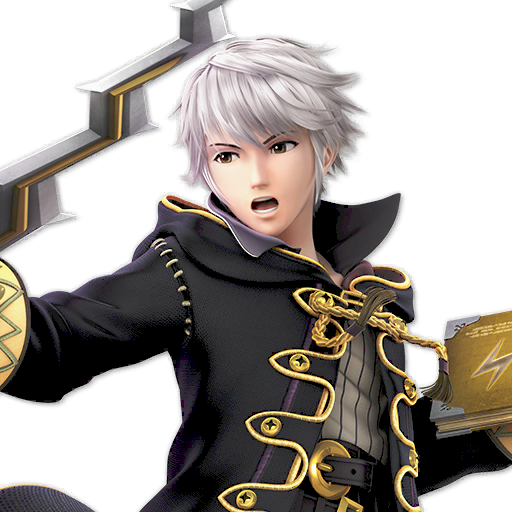
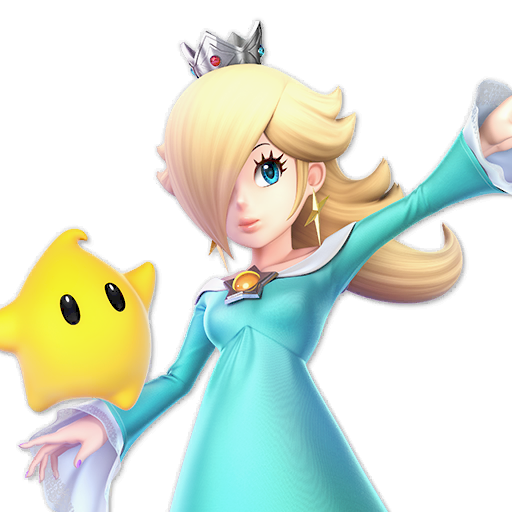
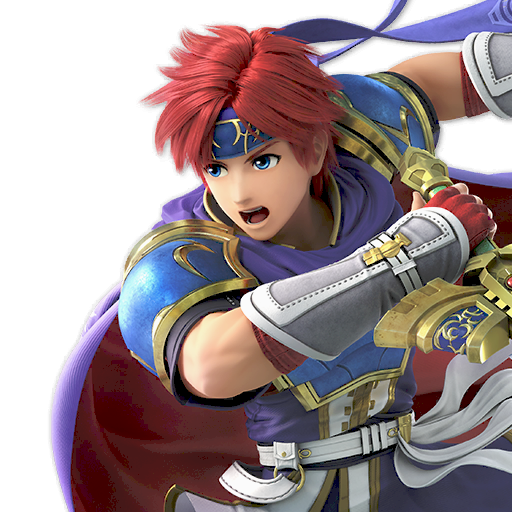
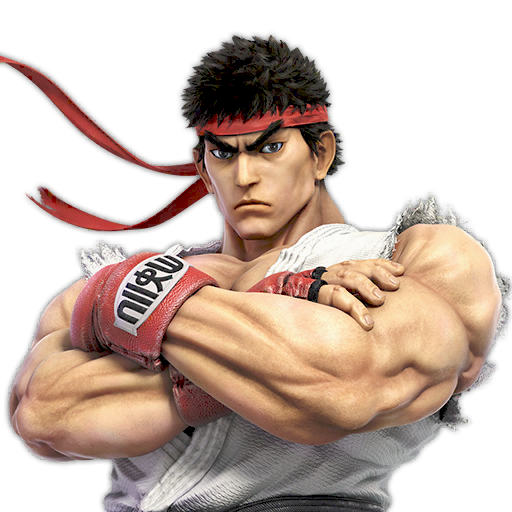
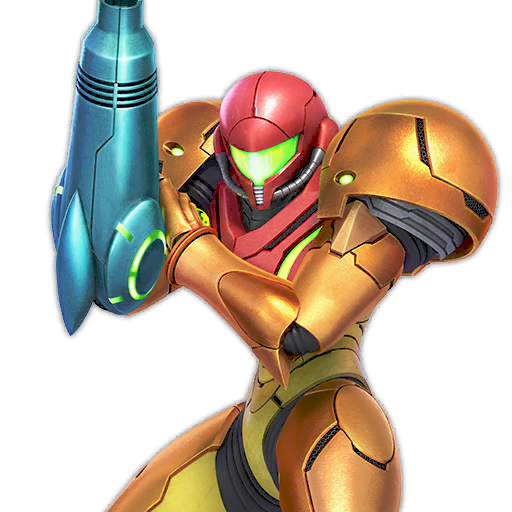
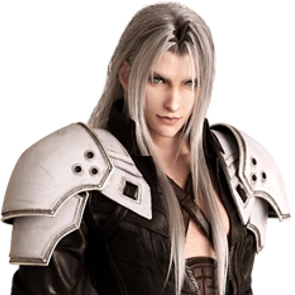
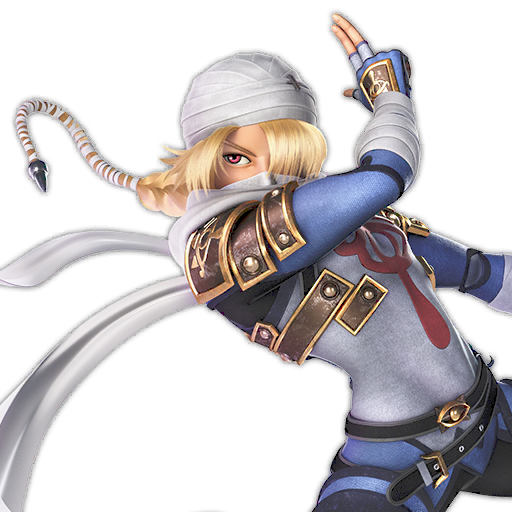
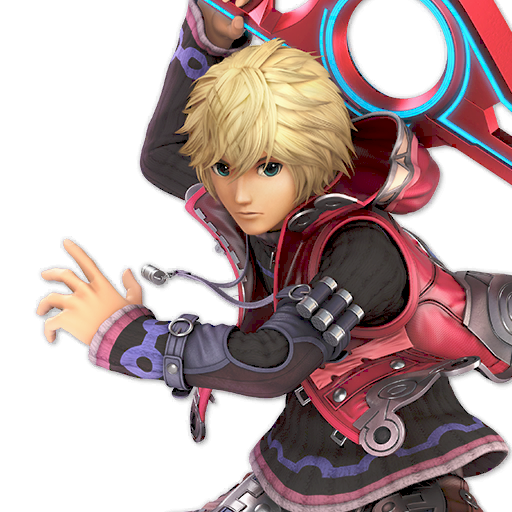
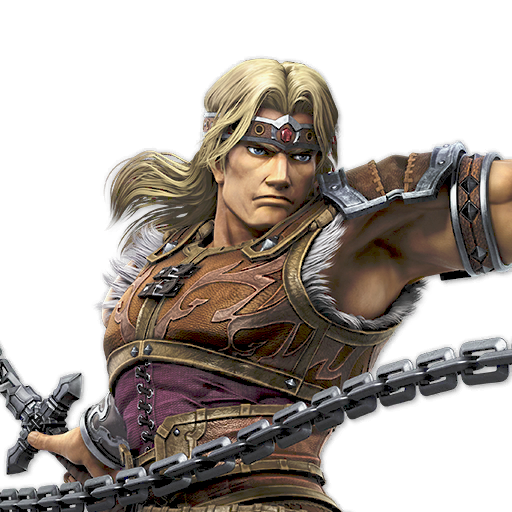
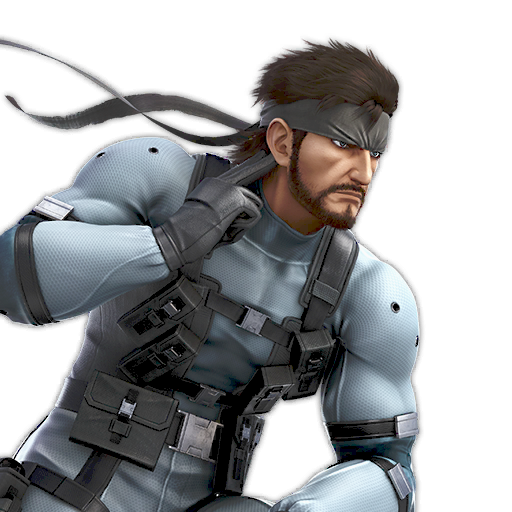
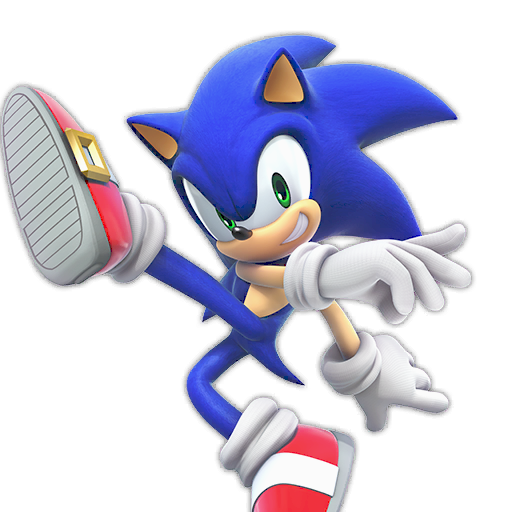

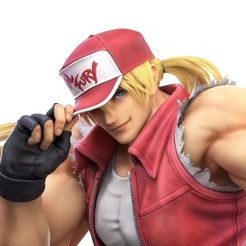
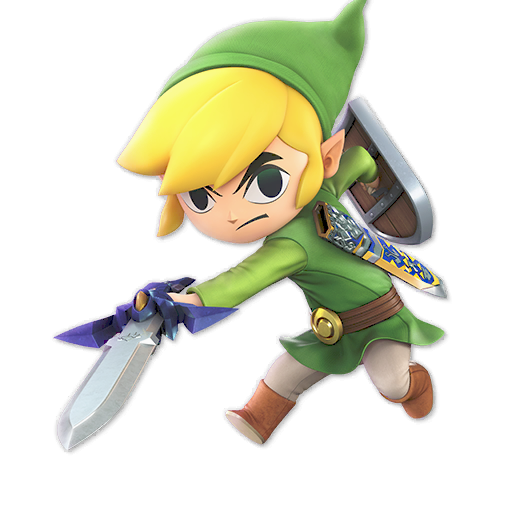
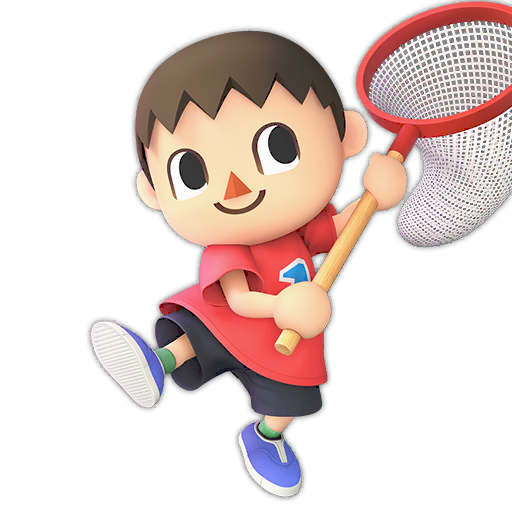
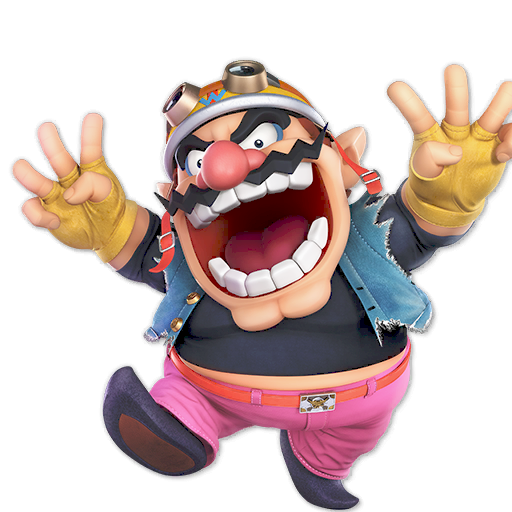
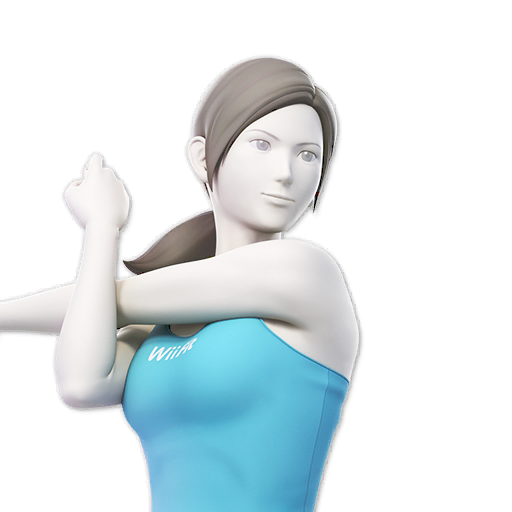


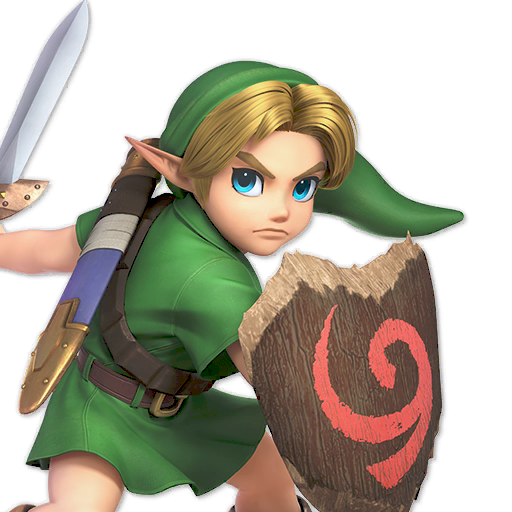
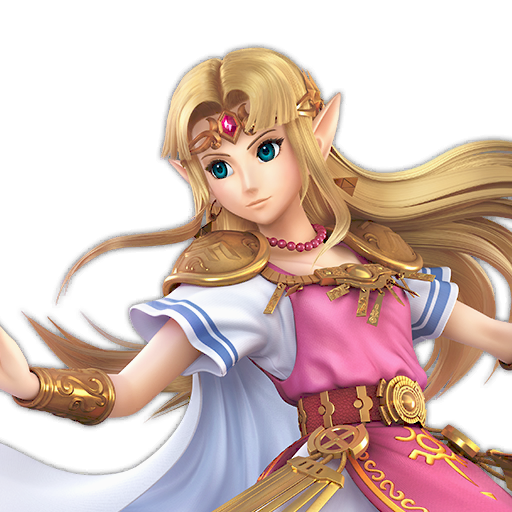
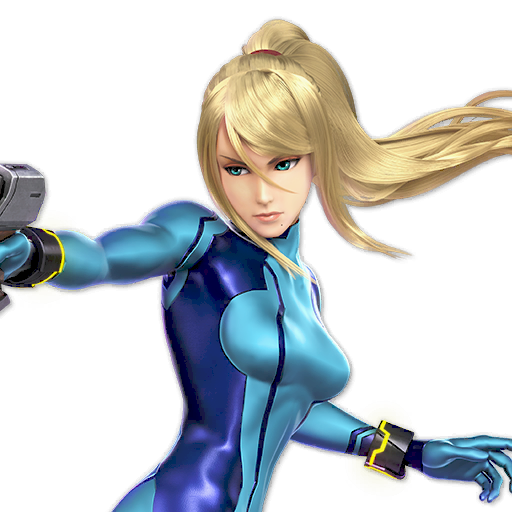
Mario's u-smash also KOs about 7% later if it is hit with immediately after a fresh usage, but it deals a significantly less 14% when fresh. The damage increase however is still about twice as much as the additional damage needed to kill, so Mario u-smash is still considerably pushing itself into its KO range and hitting with pretty much any other one move will more than makeup the KO percentage u-smash lost to staling, so you shouldn't withold from using u-smash a bit early out of fear of staling it from being able to kill.
Now with Marth's u-throw, while the opponent will only require about 6% additional damage to kill on an immediate consecutive use, it deals about 4% damage. So in this case Marth u-throw will be pushing itself out of its KO range and a Marth using u-throw too early could very well find their u-throw unable to secure the kill, while theoretically if you were to keep only hitting with u-throw over and over you would never be killing with it until after a ridiculous amount of uses with it fully staled. In practical terms it's still not much an issue, as hitting with any other move will eliminate that gap and there's pummelling to ensure additional damage is dealt while refreshing u-throw to better ensure the next u-throw will kill, but it still goes against the claim in the article that staleness is a bigger concern for more damaging moves.
Now Ryu's bair was claimed in the article to be a move that "never seems to kill" because of how supposedly badly it's affected by staleness. But then it only requires about 7.5% more damage to kill on an immediate consecutive usage after a fresh bair, while it deals over twice that at 16.8% on its fresh usage, so again it's actively pushing itself into its KO range, and continues to show that moves that deal more damage care even less about staleness in Smash 4.